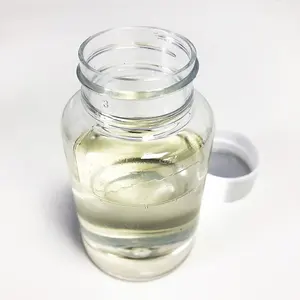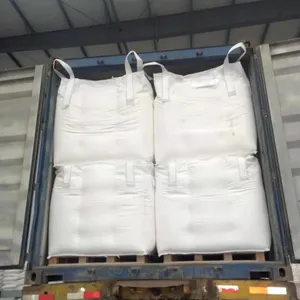Understanding Concrete Retarders
Concrete retarders are essential components in the construction industry, playing a pivotal role in manipulating the setting time of concrete. These substances, primarily categorized as chemical auxiliary agents and concrete admixtures, are crucial for projects that demand specific working times or finishing techniques. The use of concrete surface retarder, for instance, allows for the adjustment of setting times to accommodate various construction processes and environmental conditions.
Types and Applications
The versatility of concrete retarders is evident in their wide range of types, each suited for different applications. Under slab vapor retarder is a specific type designed to prevent moisture from permeating through concrete slabs, adhering to ASTM E1745 standards for water vapor retarders used in contact with soil or granular fill under concrete slabs. On the other hand, exposed aggregate retarder is tailored for aesthetic finishes in concrete work, where the aggregate is intentionally exposed for decorative purposes.
Features and Advantages
Concrete retarders offer several features that provide advantages in construction. A concrete evaporation retarder, for example, reduces the rate of water evaporation, especially crucial in hot or windy climates. This feature helps prevent premature drying, which can lead to cracks and compromised structural integrity. Similarly, accelerator and retarder in concrete are used to control the setting time according to specific project needs, enhancing workability and allowing for more intricate designs or finishes such as those achieved with topcast surface retarder.
Materials and Composition
The composition of concrete retarders varies, but they often include chemicals like phosphates or hydroxylated carboxylic acids. Products like rugasol mh and other mortar retarders are formulated to delay the set of cement, providing a longer period for texturing and finishing operations. It's important to select the appropriate retarder based on the concrete mix and environmental conditions to ensure optimal performance.
Selection Considerations
When choosing a concrete retarder, it's essential to consider the specific requirements of the project. Factors such as ambient temperature, humidity, and project scale can influence the effectiveness of a retarder. Products like day 1 concrete retarder are designed to provide consistent results under various conditions, ensuring that professionals can achieve the desired outcome without the need for frequent adjustments.
Environmental and Safety Standards
Adherence to environmental and safety standards is paramount when selecting concrete retarders. Products compliant with ASTM E1745 class A specifications meet rigorous criteria for vapor retarders, ensuring they are safe and effective for use in sensitive environments. It's crucial to source retarders that not only meet the project's technical requirements but also uphold the highest standards of environmental safety and sustainability.









































 浙公网安备 33010002000092号
浙公网安备 33010002000092号 浙B2-20120091-4
浙B2-20120091-4